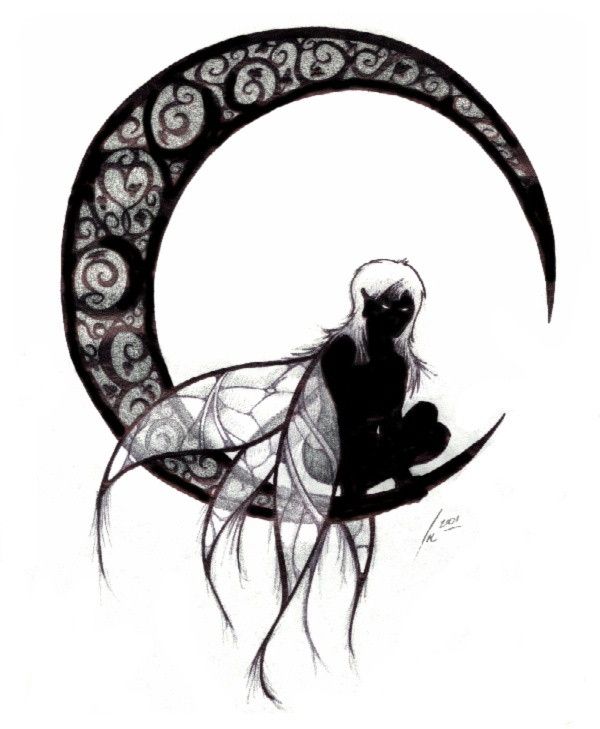The Moulin Rouge was originally designed as a cabaret to be viewed by men and women of the upper-middle class. It was created by Jospeh Oller in 1889, just as the Victorian empire was coming to an end. Moulin Rouge incorporated elements of circus, music, dance-hall, and theatre. The building where the cabaret was first performed is located in Paris, France, and is recognized by the large red windmill on the roof. The cabaret originally starred French celebrities such as Maurice Chevalier, Edith Piaf, Yves Montand and Jean Gabin. To the Victorians, the Moulin Rouge was seen as a symbol of French culture, with substantial Bohemian influence.

 The cabaret has been a continued success since the end of the nineteenth century, starring modern celebrities such as Ella Fitzgerald, Frank Sinatra, Liza Minelli and Elton John. In 1950, Pierre La Mure wrote a novel based on the life of Henri de Toulouse-Lautrec, the main character in the original Moulin Rouge cabaret. His novel was such a great success that in 1952, it was recreated into a film, which was written and directed by John Huston. The film starred Jose Ferrer as Henri de Toulouse-Lautrec, Zsa Zsa Gabor as Jane Avril, and Suzanne Flon as Myriamme Hayam. Huston tried to make the movie as much like the original French cabaret as possible by using vibrant colour, costume, and music to recreate the dance hall theme set in the late nineteenth century. It was nominated for seven Academy Awards, and won Best Colour Art Direction and Set Decoration and Best Colour Costume Design. It also had many other international nominations and won two more international awards.
The cabaret has been a continued success since the end of the nineteenth century, starring modern celebrities such as Ella Fitzgerald, Frank Sinatra, Liza Minelli and Elton John. In 1950, Pierre La Mure wrote a novel based on the life of Henri de Toulouse-Lautrec, the main character in the original Moulin Rouge cabaret. His novel was such a great success that in 1952, it was recreated into a film, which was written and directed by John Huston. The film starred Jose Ferrer as Henri de Toulouse-Lautrec, Zsa Zsa Gabor as Jane Avril, and Suzanne Flon as Myriamme Hayam. Huston tried to make the movie as much like the original French cabaret as possible by using vibrant colour, costume, and music to recreate the dance hall theme set in the late nineteenth century. It was nominated for seven Academy Awards, and won Best Colour Art Direction and Set Decoration and Best Colour Costume Design. It also had many other international nominations and won two more international awards.
 In 2001, Moulin Rouge was again recreated into a more modern, musical film. It was written by Baz Luhrmann and Craig Pearce, and directed by Baz Luhrmann. It starred Nicole Kidman as Satine, Edwin McGregor as Christian and John Leguizamo as Henri de Toulouse-Lautrec. The new film-musical was seen as a popular and fresh version of the original Moulin Rouge cabaret, with many of the same elements that were integrated into the previous theatrical productions. It had a slightly different story line, focusing more on a love story, rather than the life of Henri de Toulouse-Lautrec, like Huston’s 1952 film. Luhrmann, however, wanted to ensure that the unique cabaret style was preserved, thus making the movie into a musical with emphasis on original French theatre characteristics such as the use of colourful costumes and the incorporation of a modern dance-hall theme. This version of Moulin Rouge was a great Hollywood success, attaining eight Academy Award nominations, while bringing home two wins: Best Art Direction and Set Decoration and Best Costume Design. All versions of Moulin Rouge have succeeded in encompassing the original French cabaret style, and each have done so well by contributing new twists of modern talent each time it is remade.
In 2001, Moulin Rouge was again recreated into a more modern, musical film. It was written by Baz Luhrmann and Craig Pearce, and directed by Baz Luhrmann. It starred Nicole Kidman as Satine, Edwin McGregor as Christian and John Leguizamo as Henri de Toulouse-Lautrec. The new film-musical was seen as a popular and fresh version of the original Moulin Rouge cabaret, with many of the same elements that were integrated into the previous theatrical productions. It had a slightly different story line, focusing more on a love story, rather than the life of Henri de Toulouse-Lautrec, like Huston’s 1952 film. Luhrmann, however, wanted to ensure that the unique cabaret style was preserved, thus making the movie into a musical with emphasis on original French theatre characteristics such as the use of colourful costumes and the incorporation of a modern dance-hall theme. This version of Moulin Rouge was a great Hollywood success, attaining eight Academy Award nominations, while bringing home two wins: Best Art Direction and Set Decoration and Best Costume Design. All versions of Moulin Rouge have succeeded in encompassing the original French cabaret style, and each have done so well by contributing new twists of modern talent each time it is remade. 



No comments:
Post a Comment